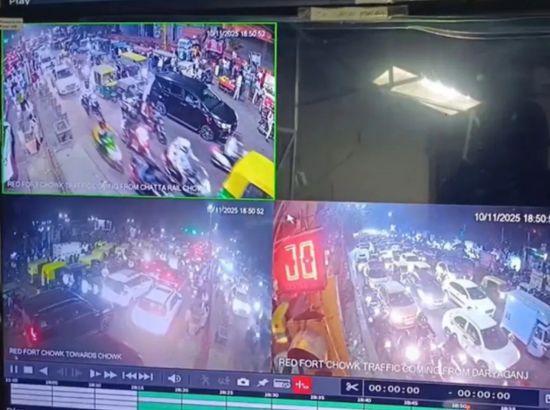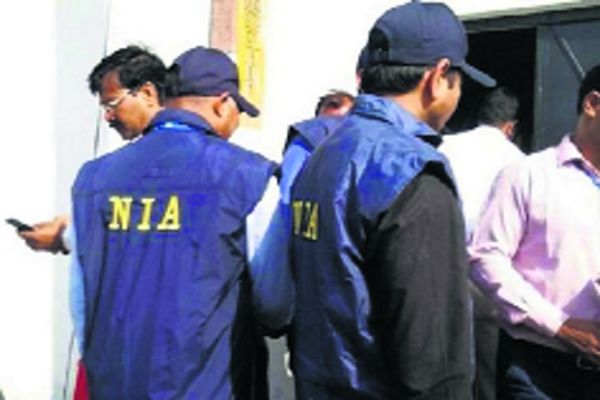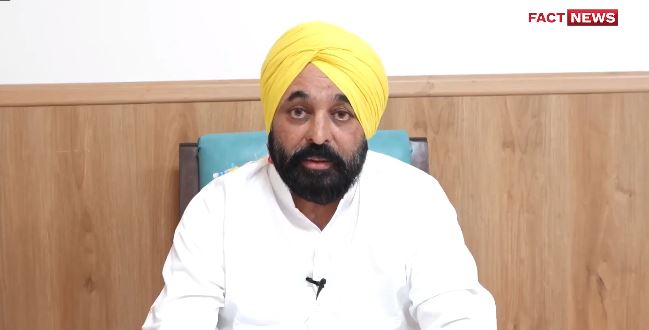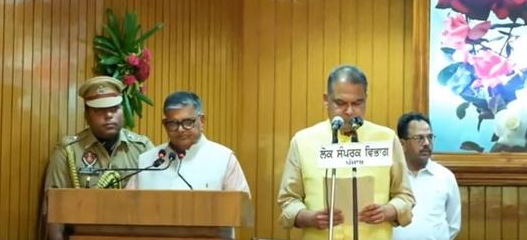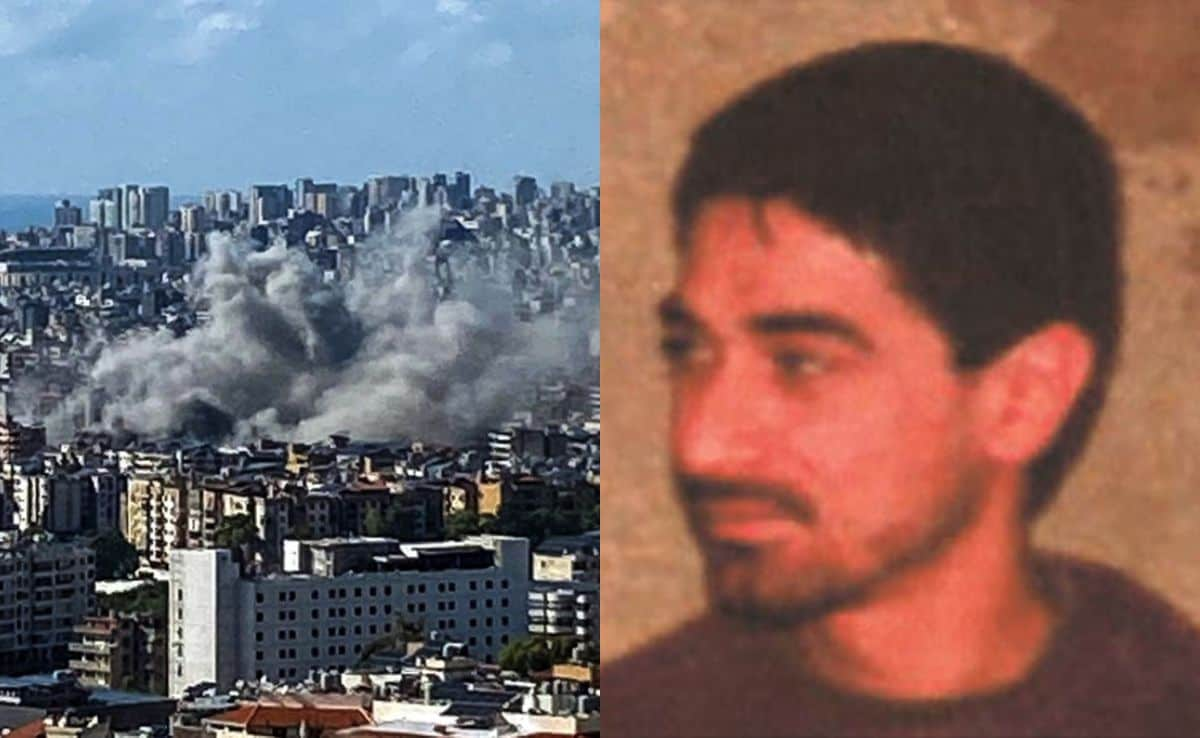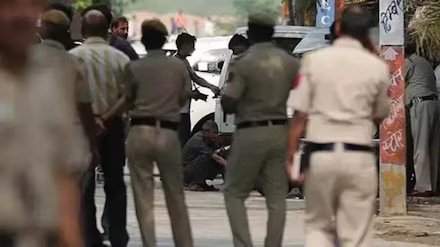Delhi Red Fort Blast: Investigators Suspect Use of Military-Grade Explosives Like PETN, Forensic Probe Underway
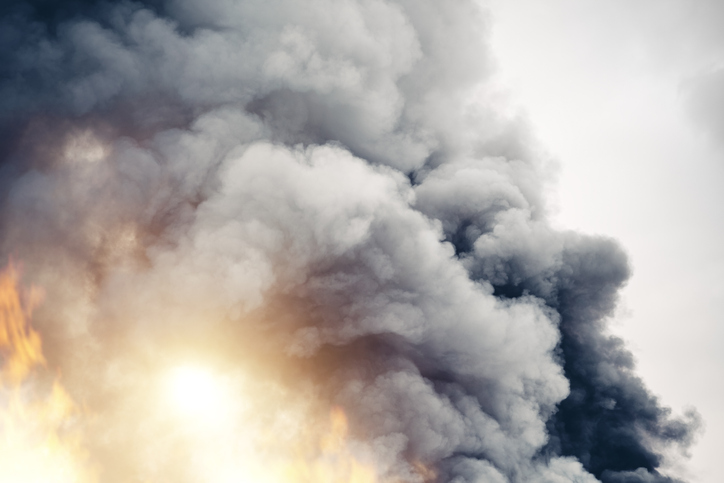
Delhi Red Fort Blast: Investigators Suspect Use of Military-Grade Explosives Like PETN, Forensic Probe Underway
The investigation into the recent blast near Delhi’s Red Fort is still underway, with forensic experts yet to confirm the exact nature of the explosives used. Preliminary findings have sparked suspicion that the explosion might have involved military-grade materials such as PETN, Semtex, or RDX — all known for their high destructive power.
According to a Times of India report citing official sources, forensic teams have been asked to provide a detailed chemical analysis to determine whether any of these substances were present at the blast site. Initial assessments, however, suggest the possible use of ammonium nitrate, fuel oil, and detonators — components often used in improvised explosive devices (IEDs). While ammonium nitrate is commonly used for industrial purposes, its easy availability and low cost have made it a frequent choice for bomb-making.
42 Samples Collected from Blast Site
The forensic team has collected 42 different items from the site for laboratory testing. These include car tires, chassis parts, a CNG cylinder, bonnet fragments, and other debris found in the vicinity. Investigators also recovered powdery residues and shrapnel, which could provide key chemical clues about the explosive compound used.
Officials suspect that the materials used in this explosion might be linked to substances recently seized in Faridabad, Haryana, although no official confirmation has been issued yet.
What is PETN?
PETN, or Pentaerythritol Tetranitrate, is one of the most powerful high explosives in the world and a primary component in Semtex. It is known for being colorless, crystalline, and extremely difficult to detect, making it a preferred choice among terrorist groups. Even a small amount can cause catastrophic damage — just 100 grams can destroy a car, according to a forensic expert quoted in the report.
PETN is also notably stable, but it can detonate when triggered by heat or a shockwave. Unlike conventional explosives, both PETN and Semtex do not require bullets or external detonators to function, which makes them particularly dangerous.
The Science Behind the Blast
Ammonium nitrate mixed with fuel oil can create a supersonic shockwave, releasing energy much faster than a typical industrial burn — resulting in a massive explosion. Experts recall that during the 2011 Delhi High Court bombing, similar combinations of PETN and ammonium nitrate were initially suspected, though later government reports confirmed the use of RDX.
As the forensic examination continues, security agencies remain on high alert, waiting for the final lab report to confirm whether PETN or another high-grade explosive was used in the Red Fort blast.


